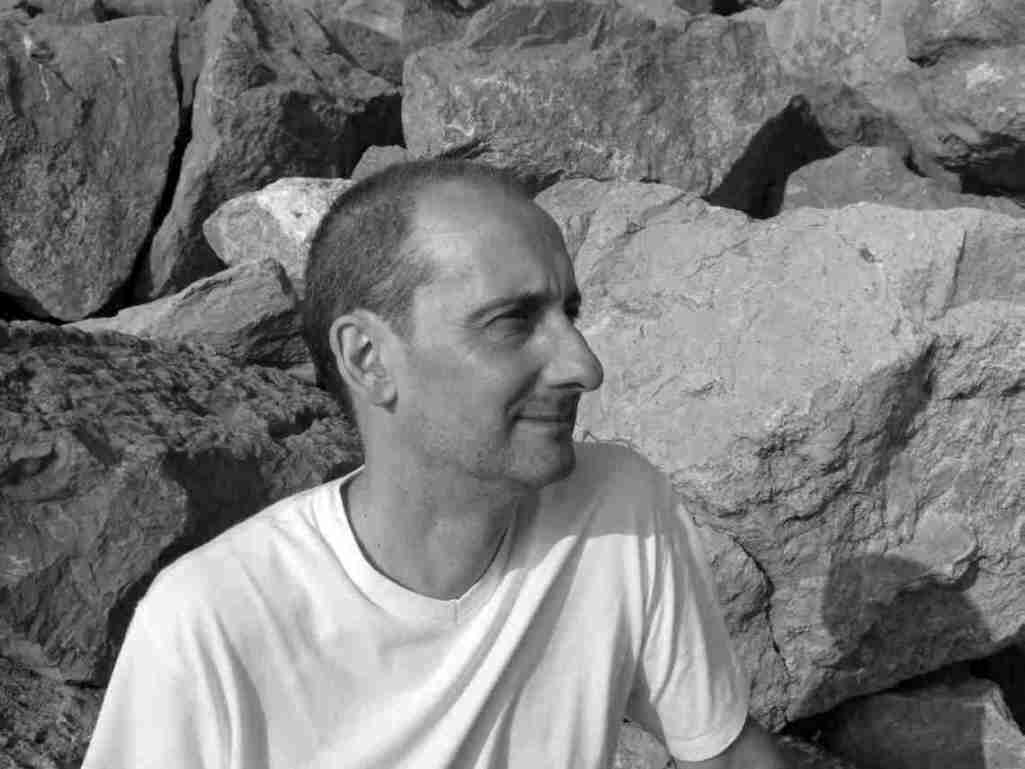
During his senior year at Princeton, Buechner received the Irene Glascock Prize for poetry, and he also began working on what was to be his first novel and one of his greatest critical successes: A Long Day’s Dying, published in 1950. Of this first book Buechner says,
"I took the title from a passage in Paradise Lost where Adam says to Eve that their expulsion from Paradise "will prove no sudden but a slow pac’d evil,/ A Long Day’s Dying to augment our pain," and with the exception of the old lady Maroo, what all the characters seem to be dying of is loneliness, emptiness, sterility, and such preoccupation with themselves and their own problems that they are unable to communicate with each other about anything that really matters to them very much. I am sure that I chose such a melancholy theme partly because it seemed effective and fashionable, but I have no doubt that, like dreams generally, it also reflected the way I felt about at least some dimension of my own life and the lives of those around me." Wikipedia
A Long Day's Dying is a mid-twentieth-century Jamesian novel that foreshadows many of the themes in Mr. Buechner's later writing—faith, trust, and the complex relations of family and friends. The story follows Tristram Bone, a rotund man of wealth and "organized leisure" but a failure with women, and Elizabeth Poor, a rich, charming, and beautiful widow and Bone's unrequited love interest, through a series of encounters with friends and family, affairs real and imagined, gossip, jealousy, and innuendo. We also meet Bone's servant Emma and his pet monkey Simon; the novelist George Motley; the arrogant and seductive academic Paul Steitler, Elizabeth's naïve son Lee, and her omniscient mother Maroo. Amazon

(Carl) Frederick Buechner is an American writer and theologian. Born July 11, 1926 in New York City, he is an ordained Presbyterian minister and the author of more than thirty published books thus far.[1] His work encompasses different genres, including fiction, autobiography, essays and sermons, and his career has spanned six decades. Buechner’s books have been translated into many languages for publication around the world. He is best known for his works A Long Day’s Dying (his first work, published in 1950); The Book of Bebb, a tetralogy based on the character Leo Bebb published in 1977; Godric, a first person narrative of the life of the medieval saint, and a finalist for the Pulitzer Prize in 1981; Brendan, a second novel narrating a saint’s life, published in 1987; Listening to Your Life: Daily Meditations with Frederick Buechner (1992); and his autobiographical works The Sacred Journey (1982), Now and Then (1983), Telling Secrets (1991), and The Eyes of the Heart: Memoirs of the Lost and Found (1999). He has been called "Major talent" and "…a very good writer indeed" by the New York Times, and "one of our most original storytellers" by USA Today. Annie Dillard (Pulitzer Prize-winning author of Pilgrim at Tinker Creek) says: "Frederick Buechner is one of our finest writers." Read more on Wikipedia
Malc received a copy of A Long Day's Dyingfrom Henry Ford, a friend of Albert Erskine. Ford worked for Knopf whp published the book and sent the copy to Malc for his comments. You can read his comments in a letter to Ford dated 5/11/49 in the Collected Letters of Malcolm Lowry Volume 2.
Lowry also had a copy of Buechner's A Season's Difference.


No comments:
Post a Comment